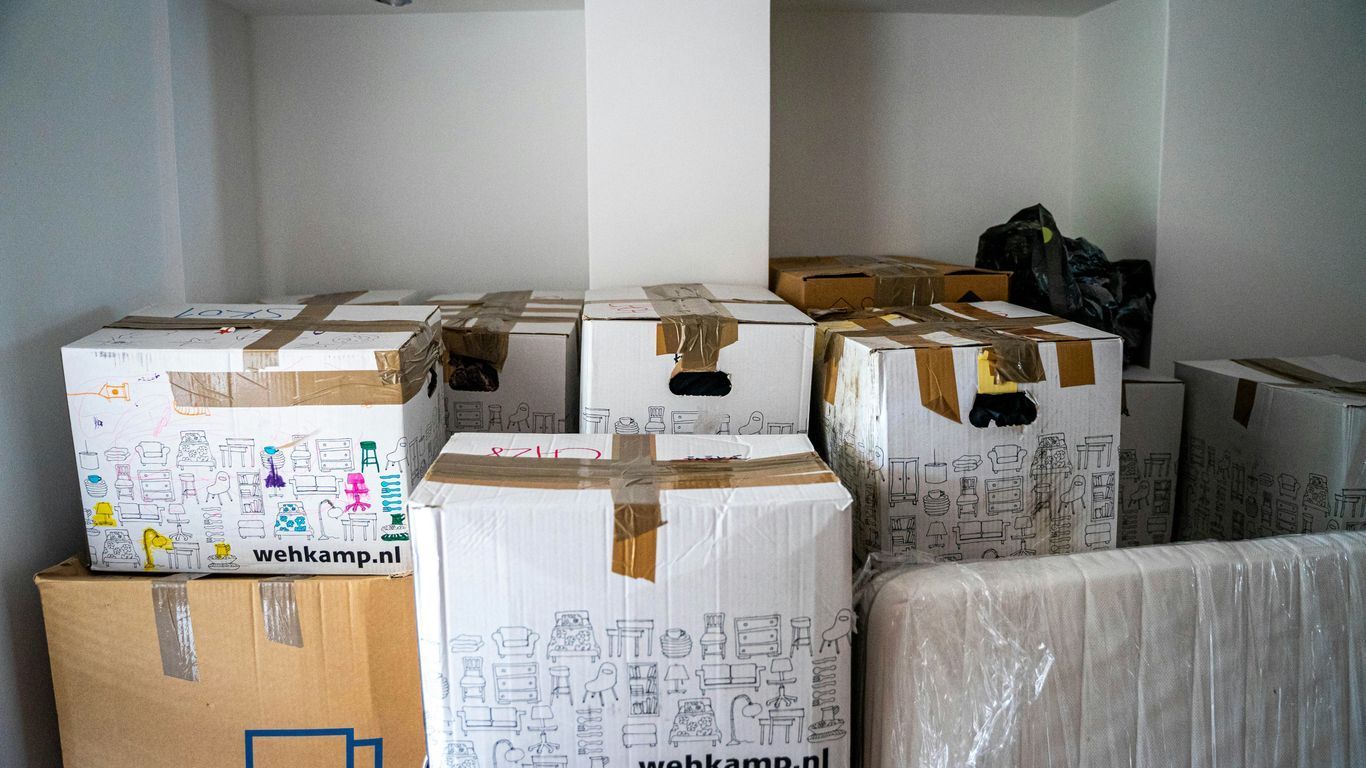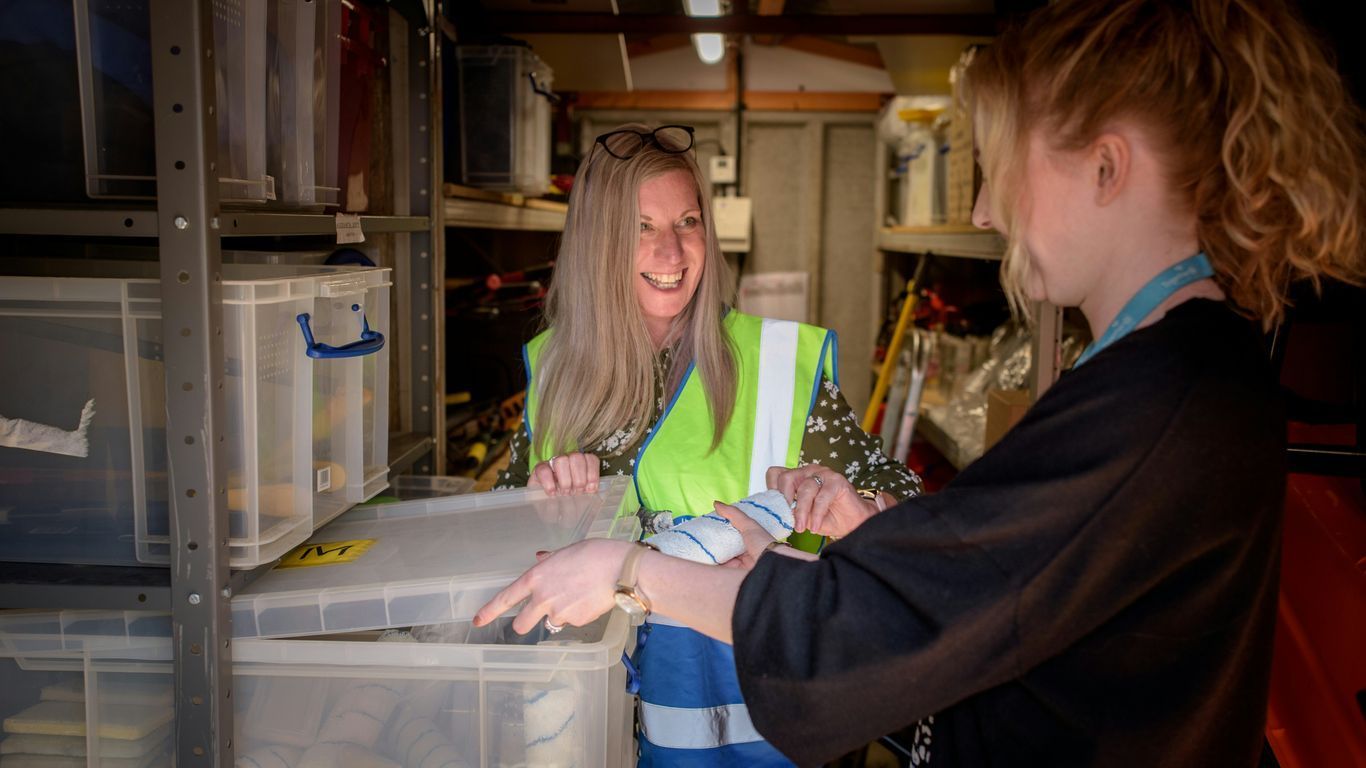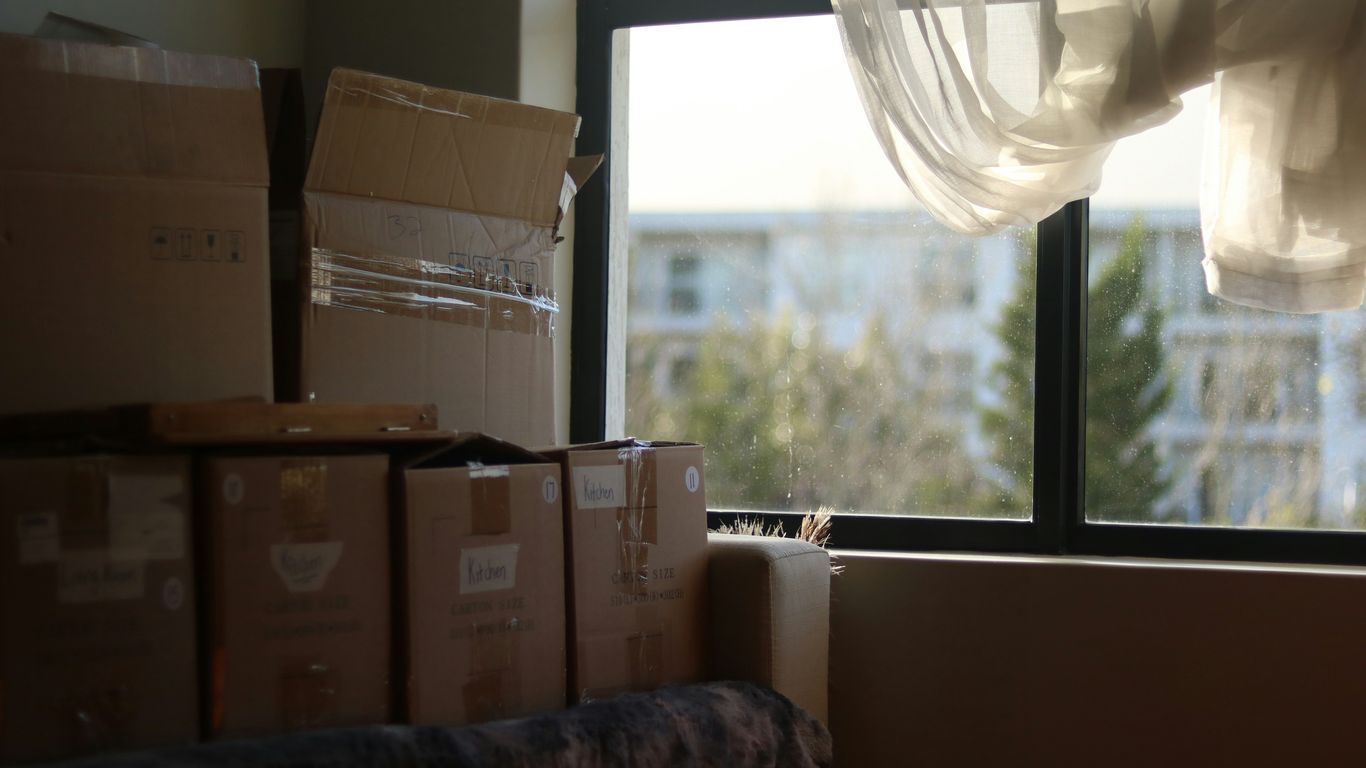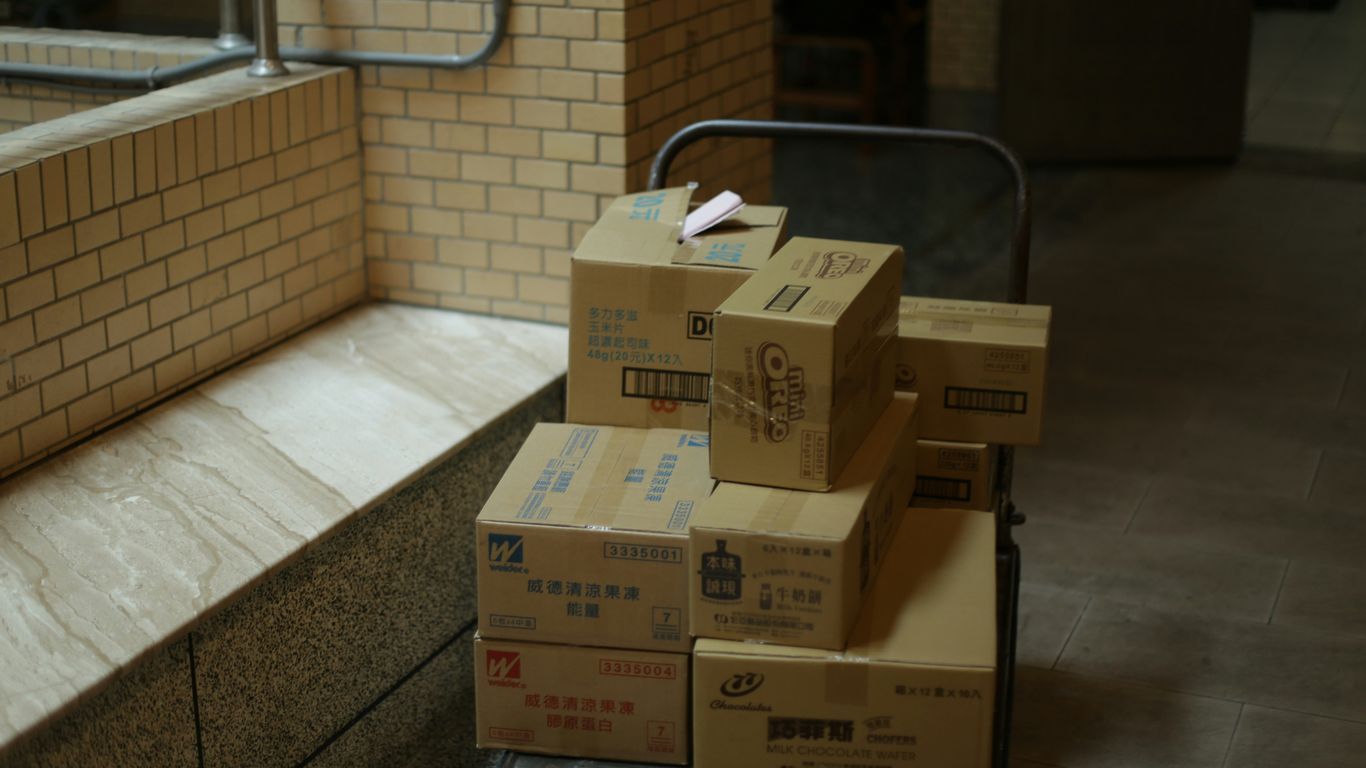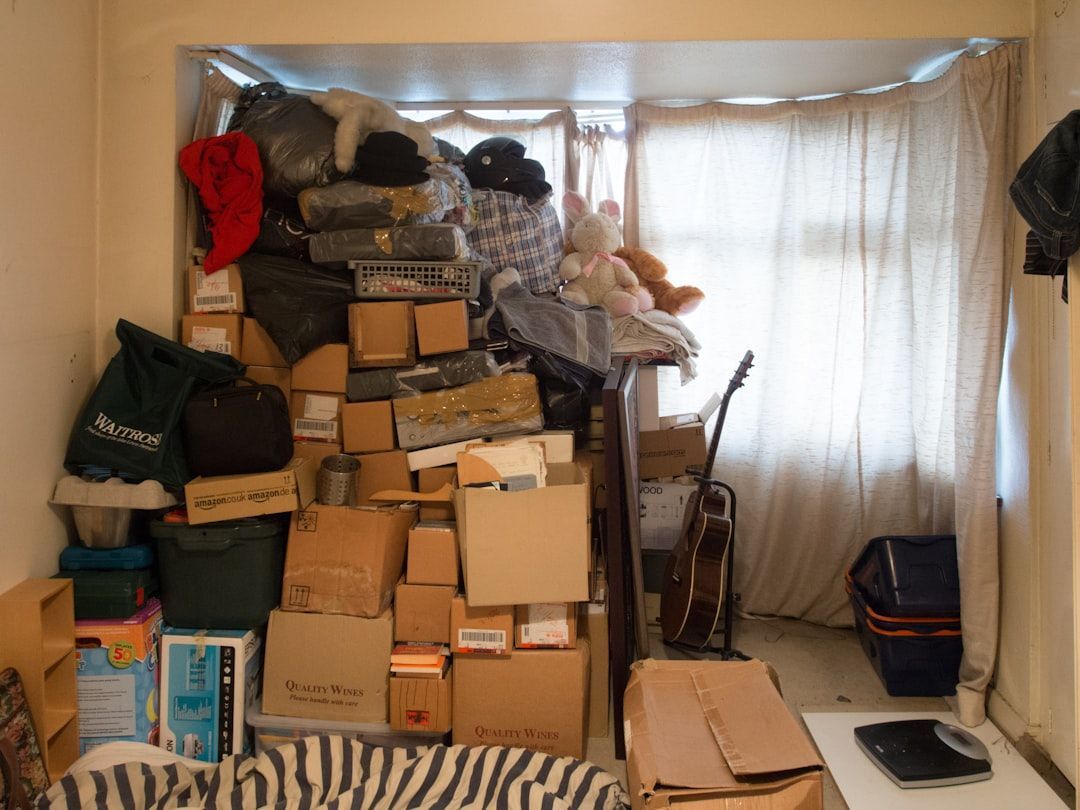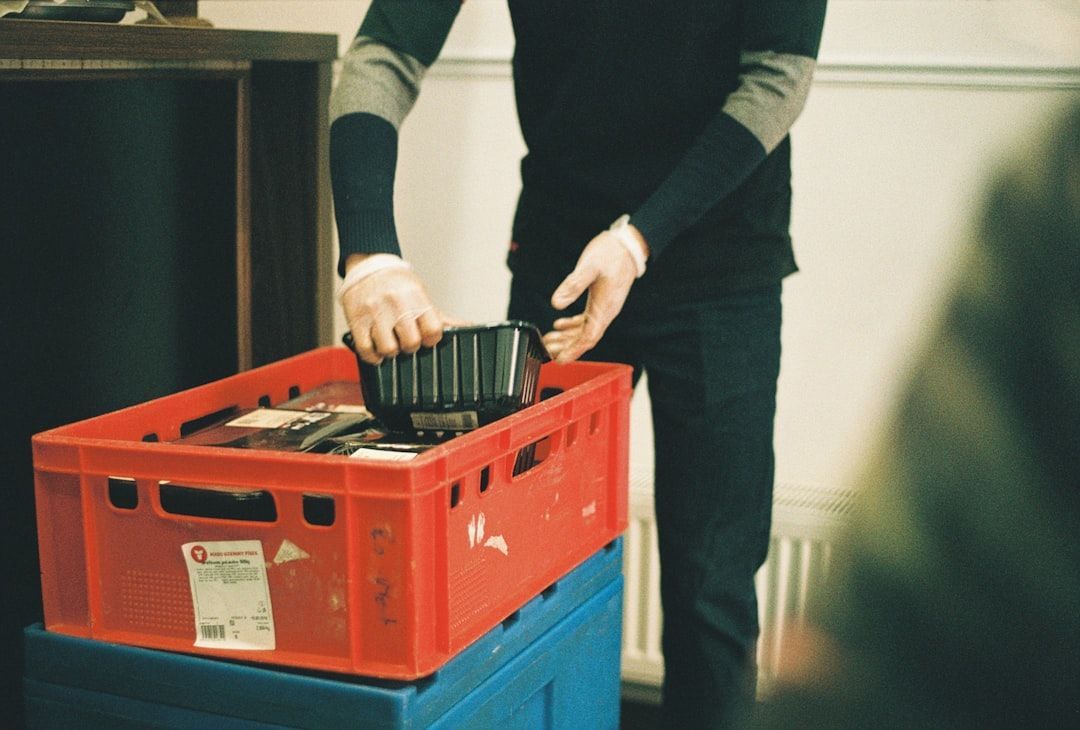Seasonal Storage for Jet Skis, Kayaks, and Outdoor Toys
Every year, the end of summer sneaks up on me, and suddenly I have to figure out where to stash all the outdoor toys—especially the bigger stuff like jet skis and kayaks. If you’re in the same boat (pun intended), you know it’s not just a matter of shoving everything in the garage. Seasonal storage for boats and kayaks takes a bit of planning, but it’s worth it to keep your gear in good shape for next year. Whether you’re eyeing a self-storage unit, your own shed, or even a spot at the marina, there are a bunch of things to consider. Let’s break down what actually works when it comes to storing your watercraft and outdoor toys for the off-season.
Key Takeaways
- There are several storage options for boats and kayaks, including home, self-storage, and marina solutions—each has its pros and cons.
- Cleaning and drying your equipment before storage is important to prevent mold, rust, and other damage.
- Using covers, solar chargers, and security locks can help protect your boat or kayak during the off-season.
- Maximize your home storage by organizing your garage or shed, but be mindful of HOA rules and neighborhood appearance.
- Self-storage units offer security and convenience, especially if you’re short on space at home or want extra peace of mind.
Choosing the Right Storage Option for Boats and Kayaks
Finding the best spot for your boat or kayak during the off-season takes some real thought. Whether you have a modest fishing kayak or a full-sized jet ski, the right storage decision could mean less damage and more fun next season. Every option comes with its own perks—and a few headaches.
Home Storage Versus Self-Storage Facilities
Storing your boat or kayak at home seems easy at first—everything’s close, and you skip paying monthly fees. But you’ve got space and security to figure out. Here’s how the two choices break down:
- Home storage usually means using your garage, backyard, or shed. It’s easy on your wallet and keeps your equipment handy. But garages tend to fill up fast, and backyard storage brings weather and theft risks unless you put in the work: strong covers, maybe even a lift.
- Self-storage facilities offer a different level of protection, especially when you don’t want your home looking like a mini marina. You keep your garage free, and your boat, jet ski, or kayak is protected in a spot with real security. There are plenty of storage unit sizes—ideal if you need room for accessories or your trailer.
- Pricing for self-storage can vary a lot, but you can often find affordable local storage units if you look around, and size up your needs to keep costs down, just like you might when renting storage for seasonal toys.
If your garage is bursting at the seams in winter and your backyard can’t handle another hull, a storage unit could finally bring some breathing room back home.
Marina and Waterfront Storage Solutions
If you hit the water every weekend or just love convenience, marinas and waterfront properties are a solid option. At a marina, you get:
- Premium access. You’re right at the water. That means no wrestling with trailers every time you want to go out.
- Services like fueling, cleaning, and basic maintenance. Some places offer dry-rack storage or let you use floating docks for quick launches.
- Personal dock storage, if you're lucky enough to live on the water. Floating docks or lifts keep your kayak or jet ski ready whenever you get the urge.
But, this kind of storage isn’t cheap, and you still need to bring your gear in for big storms or at the end of the season. Convenience is king here, but so is a higher price tag.
Dealership and Storage Lot Alternatives
Don’t overlook local dealerships and dedicated storage lots. Some dealerships will winterize and store your boat or kayak for a fee. Others partner with storage facilities to offer:
- Pro winterizing services and safe, monitored storage
- Often, security like cameras or fencing that goes beyond what you can do at home
- Pay-as-you-go contracts, and sometimes even seasonal deals for longer stays
This can be a lifesaver if you don’t want the hassle of prepping your craft for cold weather or keeping it ready for the next season.
When you’re deciding, weigh your wallet, your security concerns, and just how much effort you’re ready to put in. Getting it right now can save a lot of headaches—and money—when it’s finally time to hit the water again.
Preparing Your Boat or Kayak for Seasonal Storage
Putting your boat or kayak away for a few months is a bigger deal than just hauling it out of the water and parking it. A few simple steps can keep your investment safe from damage and ready the moment the new season rolls in. Let’s break down each part so nothing gets missed.
Cleaning and Drying Techniques
Start by giving your kayak or boat a good, thorough wash. Salt, mud, and even regular fresh water can leave behind residue that leads to corrosion or buildup that’s tricky to remove later. Here’s what I do every year:
- Rinse everything, especially the hull, with clean water. Don’t forget to check and clean the trailer, too.
- Use mild soap and a soft brush on tough spots, then rinse again.
- Let everything air dry as much as possible, focusing on hidden spots and compartments.
Any leftover water or moisture can lead to mold, mildew, or even freeze damage in winter months, so be patient and make sure it’s dry before storing away—from fishing kayaks to jet skis.
Engine and Fuel System Precautions
If you’re storing a powerboat or jet ski, the engine deserves extra attention. Skipping these steps might mean quite a headache next spring:
- Run all water out of the engine, especially if winter cold is on the way.
- Add fuel stabilizer and run the engine for a few minutes so it cycles through.
- Change oil and filters; this keeps gunk from sitting in there for months.
- Drain or replace coolant if your boat requires it.
You might want to look over winter boat storage basics for more details on handling the engine and fuel system.
Interior and Accessory Removal
Nobody wants to unpack their boat in spring and find ruined gear, weird smells, or chewed-up cushions. Before zipping up a cover:
- Take out anything that could get ruined or attract pests: food, electronics, cushions, life jackets, and personal stuff.
- Leave storage lockers and hatches cracked open or use moisture absorbers so air can flow and keep things dry.
- Give the inside a quick vacuum and wipe surfaces to avoid musty smells later.
Setting aside an hour or two now to remove clutter and clean saves a lot of money—and disappointment—when you’re itching to go back on the water next spring.
Getting your boat or kayak ready for storage might feel like a chore, but it’s way better than dealing with repairs or replacements come next season. Take a little time to do it right, and you’ll have less to worry about while your watercraft waits for warmer days.
Protective Accessories for Secure Storage
If you're storing your jet ski, kayak, or other outdoor gear off-season, getting the right protective accessories isn't just about keeping your stuff looking nice. It's the difference between reliable equipment next summer and costly repairs.
Boat and Jet Ski Covers
A good cover does more work than most people think. Aside from obvious weather protection, it keeps out dust, sun, and nosy critters.
- Look for snug-fitting covers designed for your watercraft type (universal covers tend to flap and invite water inside).
- If your budget allows, invest in a breathable, waterproof material so moisture won’t be trapped underneath.
- For extra peace of mind in harsher climates, double up with an additional tarp layer or shrink-wrap on top of the main cover.
Tight-fitting covers keep rain, leaves, and bird droppings out so you’re not stuck with hours of cleaning when you're ready to hit the water again.
Solar Chargers and Battery Maintenance
Leaving batteries untouched all winter is a recipe for frustration come spring. Trickle chargers—especially solar ones—can make a world of difference here:
- Solar chargers provide steady power to keep batteries topped up, even in storage lots with no electrical outlets.
- Disconnect batteries from your boat or jet ski before storage, then attach the solar charger as recommended.
- Make sure the panel is placed where it gets maximum sunlight—this is usually near a window or on top of the boat cover.
For those storing on a community lot, having reliable battery maintenance makes pick-up stress-free, similar to securing RVs with smart battery steps in off-season storage solutions.
Locks and Security Devices
You might trust your neighborhood, but theft isn’t only a risk at public storage sites. Adding some extra security gear reduces risk and gives peace of mind.
- Trailer hitch locks: Essential for anyone storing on a driveway, lot, or marina. These prevent someone from hitching up and driving away.
- Steering wheel locks (for boats with wheels) and cable locks (for kayaks or paddleboards): Slight hassle to use, but a solid deterrent.
- Simple padlocks and hasps for storage sheds or lockers, plus motion lights if storing outdoors at home.
If you’ve ever come back in spring to find things missing or vandalized, you’ll totally get why a small investment in security is worth it. Don’t skip these little details—pay attention to those basic accessories now, and both your gear and future self will thank you.
Optimal Home Storage Practices
Storing your jet ski, kayak, or outdoor toys at home often feels easier, but there are some real tricks to making it low-hassle and safe. Keeping things in order helps you start next season without any headaches.
Utilizing Garage Space Effectively
When you want to store watercraft in the garage, it can get crowded fast. The key is thinking vertically and getting creative:
- Use ceiling racks for smaller gear like paddles, life jackets, or fishing rods.
- Try a jet ski stand instead of just relying on the trailer for better mobility and space savings.
- Store padding and covers nearby, so you don't have to dig for them when you’re ready to go out again.
- If you have two watercraft, line them up nose to tail rather than side by side to save width.
It’s surprising how much more room you’ll have once you find shelving, hooks, and racks you can mount above the usual clutter.
Backyard and Shed Storage Tips
If you’re out of garage space (happens to the best of us), your backyard or shed can work for off-season storage. Here’s what matters:
- Always use a weatherproof cover, even inside a shed—moisture creeps in.
- Invest in an extra layer, like a tarp, for outdoor storage. Double up, especially in wet or snowy climates.
- Raise watercraft off the ground using blocks or a dolly to avoid trapped moisture and rot.
- Remove drain plugs and tilt your jet ski or kayak a touch so water can’t collect inside.
- Don’t forget locks—backyards are often less secure than garages.
Managing HOA Regulations and Curb Appeal
HOA rules can get tricky. Some forbid leaving boats or jet skis in view, while others are fine with backyard storage if it’s hidden. To avoid fines or neighbors’ complaints:
- Check your HOA guidelines before rolling anything out to the driveway for the season.
- Use privacy screens or fencing to keep things out of sight if your HOA is strict.
- Tidy up covers, stack accessories in storage bins, and keep the area neat to boost curb appeal.
Your neighbors and HOA usually won’t care what toys you have—just that they don’t see them all winter long. Keep things out of sight and out of mind, and everyone stays happy.
Advantages of Self-Storage Facilities for Watercraft
Finding a place for your boat, kayak, or jet ski when the season ends can be a headache. Self-storage facilities step in as a solid alternative to cramming everything in the garage or leaving it outside all winter. Let's talk about why these places often end up being the most practical choice.
Features of Drive-Up Storage Units
Drive-up storage units make life a whole lot easier when you’re loading and unloading hefty watercraft. It’s pretty straightforward—you can literally drive up, open the door, and drop off your boat or kayak without worrying about stairs or moving things long distances. The convenience is hard to beat, and these units usually cost less than premium options like marina storage.
Some reasons drive-up storage helps:
- Quick access to your watercraft whenever you want
- Less struggle with lifting and carrying
- Easy for trailers and bigger equipment
If you want a more convenient loading experience, consider trying drive-up self storage; it saves time and energy.
When winter’s biting outside, you’ll be glad your boat is stored where it’s fast, dry, and simple to take in and out, no matter how cold it gets.
Indoor Versus Outdoor Storage Considerations
At most places, you’ve got two options: indoor units or outdoor lots. Each comes with its own perks. Indoor storage is best if you want to avoid weather exposure, while outdoor spaces usually cost less and can handle larger watercraft on trailers. Here’s how it usually breaks down:
- Indoor units: Best for smaller craft or trailers you want kept totally dry and out of sight
- Outdoor lots: Perfect for big boats or those not as worried about a little rain or snow (as long as you use a reliable cover)
- Security is usually higher at both compared to home options, since these are designed for storage, not parking
Access, Lighting, and Security Benefits
Most self-storage facilities are open year-round, so if you need your boat or kayak in the middle of January, you aren’t stuck waiting. This kind of freedom also means you don’t have to coordinate with marinas or worry about snow blocking your garage. Lighting is a huge deal, too: well-lit lots and units make nighttime trips less of a hassle and add a layer of safety.
Key benefits include:
- Longer and more flexible access hours
- Bright lighting for nighttime visits
- Security cameras, locked gates, and often on-site staff for extra peace of mind
Even if storing at home sounds easier, you’ll probably appreciate the extra space and peace of mind a proper self-storage lot brings. Plus, it keeps your driveway or yard from turning into a storage pile every winter.
Key Maintenance Tasks Before Long-Term Storage
When the season wraps up, there’s a bunch of stuff you need to handle before tucking away your boat, jet ski, or kayak for a few months. Taking care of the basics now stops bigger headaches in spring. Let’s break things down.
Winterizing Procedures for Jet Skis and Boats
Winterizing isn’t just a suggestion—it’s something every owner should know. Here’s what you’ll usually want to do:
- Flush out the engine and cooling systems to clear out any lake or salt water.
- Add the right antifreeze to engines and systems that need it.
- Remove or disconnect batteries to keep them from draining or freezing.
- Grease and lube any moving parts, including cables and steering mechanisms.
- Top off the fuel, adding stabilizer to prevent gumming.
Water left sitting in engines can cause an ugly mess after a freeze. Spending a bit of time with winterizing now really pays off in the spring when you want to ride right away.
Fluid Changes and Fuel Stabilization
Even if it’s tempting to just park your equipment and forget about it, there are a couple of simple things you should always do with fluids:
- Change engine oil and any other fluids (transmission, coolant) to get out contaminants that could cause corrosion.
- Add fuel stabilizer to your gas tank and let the engine run a few minutes to circulate it, then fill the tank completely to cut down on condensation inside.
- Don’t forget to replace or clean air filters and fuel filters. Old filters hold onto dirt and water.
A few minutes spent on fluids now keeps engines healthy and means you aren’t dealing with tough starts or repairs when the weather warms up.
Moisture Control and Mold Prevention
Moisture is the common enemy of every stored boat, jet ski, or kayak. Here are a few tools and habits that help:
- Let everything dry out completely before covering it. Wipe down seats, carpets, and all compartments.
- Use moisture absorbers or silica pads inside cabins and storage lockers to soak up extra dampness. This is a trick people use for all kinds of items, from winter clothes to paddles, and it works.
- Crack open hatches and storage bins just a little bit, if possible, so air can circulate.
- Check covers for leaks or rips and patch them right away. Cover properly to shield from rain and snow—but allow some breathability.
For anyone who keeps an inventory of their seasonal gear, inspecting for damage before storing can save a lot of hassle later. According to using color-coding and maintaining an inventory list, properly prepped and labeled items stay clean and protected through the whole off-season.
Making time for these steps is never time wasted. Once your watercraft and toys are cleaned, drained, and covered, you’ll head into next season knowing everything is ready to roll.
Organizing Outdoor Toys and Recreational Gear for Off-Season
As the days get colder, collecting and storing all those outdoor toys and recreational items can feel like an extra chore. But if you set up a system early on, you’ll thank yourself when it’s time to pull things out in spring. Good organization now makes for an easier start to next season’s fun.
Keeping Gear and Accessories Together
It’s easy to lose track of small pieces like life jackets or paddles if you toss them in with the rest of your storage. Make a habit of grouping related items so all jet ski equipment, kayak accessories, and outdoor toys stay together. Try these steps:
- Store each set of gear—like helmets, floaties, paddles—in a dedicated bin or tote.
- Use mesh bags for muddy items to help them air out.
- Place smaller gear inside or on top of larger toys (like stashing life jackets inside kayaks).
Storing everything in the same spot saves you from frantic searching—and missing out on a sunny day—when next season rolls around.
Labeling and Inventory Strategies
Once those bins start stacking up, knowing what’s inside at a glance is helpful. Labeling and creating a simple inventory makes things much easier:
- Use waterproof labels or tape to mark boxes clearly: "Pool Gear – Summer 2025," "Camping – Tents & Chairs," and so on.
- Keep a written or digital list of which items are in each bin, either tucked inside or saved on your phone.
- Take quick photos of packed bins for hassle-free reference.
If your space at home is limited, shifting some stuff to a dedicated storage unit can make it easier to stay organized and less cluttered overall.
Preventing Damage and Loss During Storage
Prepping your toys for months in storage means less chance of broken or missing pieces come spring. Preventing damage isn’t complicated, but it does make a difference:
- Wipe and dry all equipment thoroughly before storing to fight off rust and mildew.
- Stack heavier items on the bottom and lighter, more fragile things up top.
- Store toys off the ground with racks or pallets, especially in garages or sheds.
- For expensive gear, use original packaging or protective covers when you have them.
Seasonal storage doesn’t need to be a headache. Taking a few minutes to sort and store your gear gives you one less thing to worry about, so when the warm weather comes around again, you’re ready to play.
When the weather changes, it’s important to keep your outdoor toys and sports gear safe and organized until next season. Don’t let clutter pile up in your garage or backyard. For a simple solution, check out our storage units that are perfect for keeping all your items safe and tidy. Visit our site today to see how we can help you get ready for the off-season!
Conclusion
When the seasons change, figuring out where to put all your outdoor toys can be a real headache. Jet skis, kayaks, and all those summer gadgets take up a lot of space, and most of us don’t want to trip over them in the garage all winter. Whether you go with a self-storage unit, tuck things away in a shed, or squeeze them into a corner of your basement, the main thing is to keep them clean, dry, and together with their gear. Trust me, nothing’s worse than getting ready for a sunny day on the water and realizing your life jacket is buried somewhere else. Taking a little time to prep and store your stuff now means less hassle (and fewer surprises) when you’re ready to get back outside. So, as you pack up for the off-season, just remember: a bit of planning goes a long way, and your future self will thank you when it’s time for fun again.
Frequently Asked Questions
Can I store my jet ski or kayak outside during the winter?
You can store your jet ski or kayak outside, but it's not the best choice. Weather, animals, and thieves can damage your watercraft. If you have to keep it outside, use a strong cover and make sure everything is clean and dry before storing.
What size storage unit do I need for a jet ski?
Most jet skis will fit in a 10x15 foot storage unit. If you have a trailer or extra gear, a 10x20 foot unit gives you more space and makes it easier to move things around.
How should I prepare my boat or kayak before putting it in storage?
First, wash and dry your boat or kayak completely to stop mold and rust. Take out any batteries, drain the fuel, and remove loose items like life jackets or paddles. Use a cover to keep dust and water out.
Are self-storage units safe for storing outdoor toys and watercraft?
Yes, self-storage units are usually safe. Many places have security cameras, good lighting, and gates. Some even let you drive right up to your unit, making it easy to load and unload your gear.
What accessories help protect my jet ski or boat in storage?
Use a fitted cover to shield your watercraft from dirt and sun. A solar charger can keep your battery healthy, and strong locks can help stop theft. These simple tools keep your equipment in good shape until next season.
How do I keep all my outdoor gear organized for next season?
Keep related items together, like storing paddles with your kayak or life jackets with your jet ski. Label boxes and make a list of what you store. This way, you won’t lose anything and can find what you need easily when it’s time for fun again.

